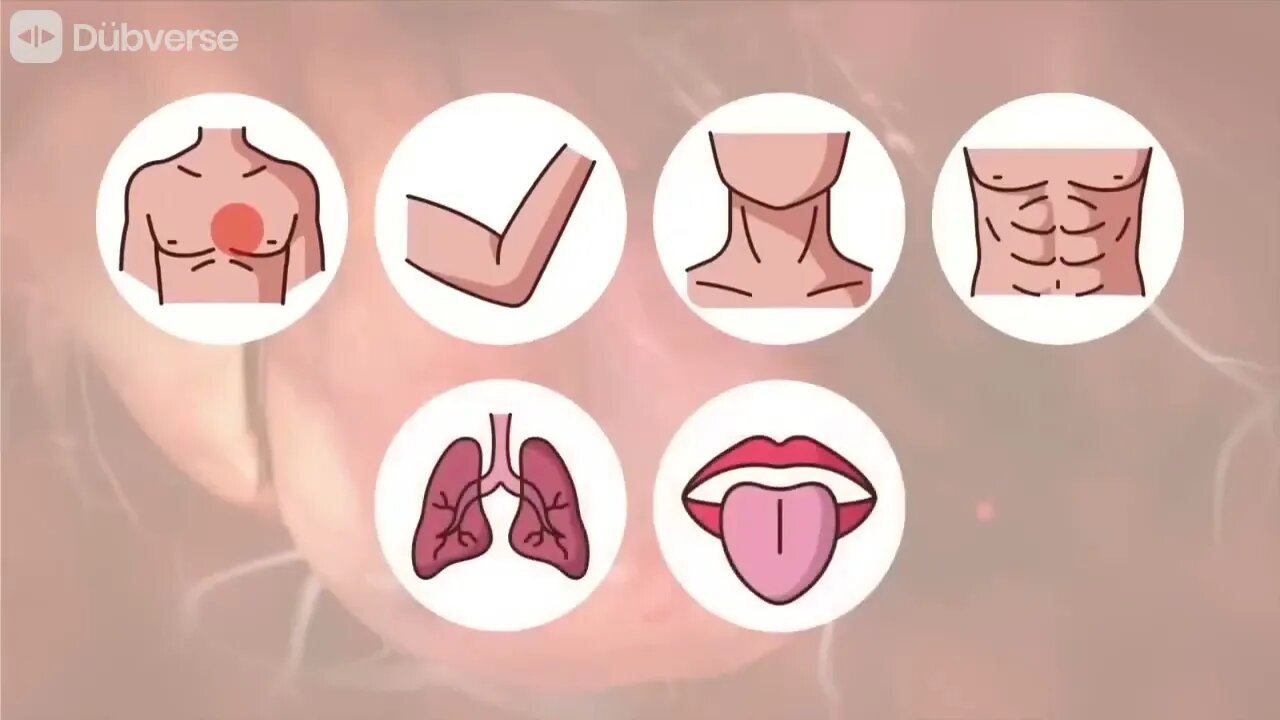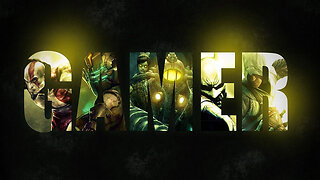Premium Only Content

How the heart works l 3D Tour of the heart
The heart is a vital organ responsible for pumping blood throughout the body, supplying oxygen and nutrients to various tissues and organs. It consists of four chambers: two atria and two ventricles. To understand how the heart works, let's take a virtual 3D tour of the heart:
Atria: We'll start in the upper part of the heart, where the two atria are located. The right atrium receives deoxygenated blood from the body through the superior and inferior vena cava. The left atrium receives oxygenated blood from the lungs through the pulmonary veins.
Atrioventricular (AV) valves: Moving down from the atria, we encounter the atrioventricular valves. These valves, known as the tricuspid valve on the right side and the mitral valve on the left side, prevent the backflow of blood from the ventricles into the atria.
Ventricles: Descending further, we arrive at the ventricles. The right ventricle receives deoxygenated blood from the right atrium and pumps it into the lungs through the pulmonary artery. The left ventricle receives oxygenated blood from the left atrium and pumps it into the body through the aorta, the largest artery.
Semilunar valves: As we move to the base of the ventricles, we encounter the semilunar valves. The pulmonary valve is located at the entrance of the pulmonary artery, preventing blood from flowing back into the right ventricle. The aortic valve is situated at the entrance of the aorta, preventing blood from flowing back into the left ventricle.
Coronary circulation: Surrounding the heart, we find the coronary arteries and veins. These blood vessels supply the heart muscle with oxygen and nutrients, ensuring its proper functioning.
Cardiac cycle: Now, let's observe the cardiac cycle. The cycle begins with the relaxation phase called diastole. During diastole, the atria and ventricles are relaxed, and blood flows into the atria from the body and lungs. As the atria contract, blood is forced into the ventricles, and the atrioventricular valves open.
Ventricular contraction: Moving into the systole phase, the ventricles contract, forcing the atrioventricular valves to close, preventing blood from flowing back into the atria. The semilunar valves open, allowing blood to be ejected from the right ventricle to the lungs and from the left ventricle to the body.
Electrical conduction: The heart's electrical conduction system ensures coordinated contractions. The sinoatrial (SA) node, located in the right atrium, initiates the electrical impulses, causing the atria to contract. The impulses then travel to the atrioventricular (AV) node, where a slight delay occurs before the impulses are transmitted to the ventricles, allowing the atria to fully contract before ventricular contraction begins.
This 3D tour provides a simplified overview of the heart's functioning. Remember that the heart's physiology is complex, involving numerous intricate processes and additional structures.
-
 LIVE
LIVE
AP4Liberty
1 hour agoDeath To America? Then No Nukes For You!
278 watching -
 20:58
20:58
GritsGG
18 hours agoFrying a Casual Solos Lobby! Pushing for 50 Kills!
24.5K8 -
 2:16:18
2:16:18
Side Scrollers Podcast
2 days agoCONTENT NUKE GOES LEGAL, AI To REMAKE Classic Movies, Walter Day Interview | Side Scrollers Live
79.7K15 -
 LIVE
LIVE
Lofi Girl
2 years agolofi hip hop radio 📚 - beats to relax/study to
318 watching -
 49:01
49:01
Anthony Pompliano
2 days ago $7.52 earnedBitcoiners Built Tether Into The Most Profitable Company Ever
50.3K8 -
 1:49:44
1:49:44
Russell Brand
4 days agoTerrence Howard’s SHOCKING New Theory of Reality - SF599
248K76 -
 6:36:43
6:36:43
DopeFrags
9 hours agoWe're just gamin'.. | Dope After Dark
27.4K1 -

EleMentalMJ
7 hours agoSUNDAY FUNDAY! - Variety Gaming Stream
20.1K2 -
 15:40
15:40
TimcastIRL
19 hours agoDemocrat Party Is DONE, Donors FLEE As Dems Face Approval Rating DISASTER
88.7K149 -
 2:44:38
2:44:38
Laura Loomer
12 hours agoEP128: Iran's Nuclear Program Goes BOOM
171K184